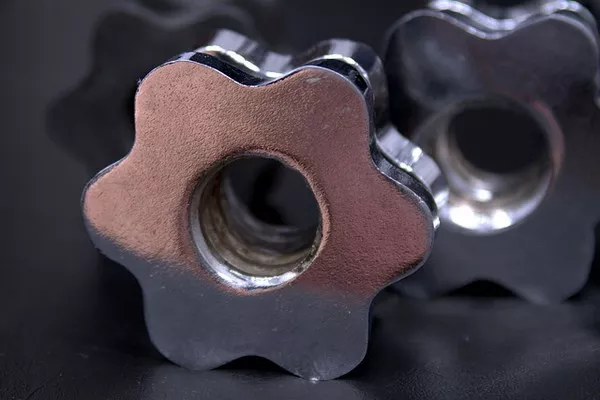In the realm of precious metals investment, silver bars hold a prominent position as a tangible asset with intrinsic value. As an investor, you may be wondering about the process of selling silver bars and the factors influencing their resale. This guide explores the various aspects of selling silver bars, from understanding market conditions to practical considerations when engaging in transactions.
What Influences the Price of Silver Bars?
Before diving into selling silver bars, it’s crucial to grasp the dynamics of silver pricing. The value of silver bars is primarily tied to the prevailing spot price of silver in the commodities market. This spot price fluctuates throughout the trading day based on supply and demand dynamics, economic indicators, geopolitical events, and currency movements. When selling silver bars, it’s essential to monitor these factors to make informed decisions about timing your sale.
Moreover, the purity and weight of silver bars also influence their price. Bars with higher purity levels typically command higher prices. Recognized hallmark brands or reputable mints also add value to silver bars. As an investor looking to sell, staying informed about these pricing nuances can help you optimize returns on your silver investment.
Where Can You Sell Silver Bars?
Once you decide to sell your silver bars, exploring different selling venues is crucial. One option is to sell directly to bullion dealers or refiners. These entities specialize in buying precious metals and often offer competitive prices based on the spot market rate. Online platforms also provide a convenient avenue for selling silver bars, with many reputable dealers facilitating transactions through secure processes. Auction houses and coin shows represent alternative channels, although they may entail additional fees and longer turnaround times.
Additionally, consider local coin shops or pawnshops if you prefer a more immediate transaction. However, exercise caution and ensure you receive fair market value for your silver bars. Whichever selling venue you choose, conducting thorough research beforehand and obtaining multiple quotes can empower you to make an informed choice and secure the best price for your silver assets.
What Preparation is Required for Selling Silver Bars?
Preparing to sell your silver bars involves several essential steps to streamline the selling process and maximize returns. Begin by verifying the authenticity and purity of your bars through reputable assay tests or certifications. Ensure your bars are in pristine condition, as scratches or blemishes can impact their resale value. Organize and document your silver bar inventory, detailing the weight, purity, and any relevant serial numbers.
Furthermore, educate yourself about tax implications associated with selling precious metals in your jurisdiction. Depending on local regulations, capital gains tax may apply to profits from selling silver bars. Consulting with a tax professional can provide clarity on reporting requirements and potential tax liabilities. Lastly, consider the prevailing market conditions and silver price trends to strategically time your sale for optimal returns.
How Should You Negotiate When Selling Silver Bars?
Negotiating the sale of silver bars requires a blend of market knowledge and interpersonal skills. Start by obtaining multiple quotes from different buyers to gauge the current market value of your bars. Be prepared to negotiate based on the prevailing spot price of silver and the specifics of your silver bars, such as their purity and condition. Understand that buyers may offer slightly lower prices to account for refining costs or profit margins.
Maintain transparency during negotiations by providing accurate information about your silver bars. Highlight any unique features or reputable minting sources that may add value to your bars. Stay patient and open to counteroffers while striving to secure a fair price reflective of the current market conditions. Building rapport with potential buyers can also facilitate smoother negotiations and potentially lead to repeat business in the future.
See Also What Is Symbol For Silver? All You Need to Know
Conclusion
In conclusion, selling silver bars requires careful consideration of market dynamics, selling venues, preparation steps, and negotiation strategies. By understanding these key aspects, investors can navigate the selling process confidently and maximize returns on their silver investments. Remember to stay informed about silver pricing trends, leverage reputable selling channels, and approach negotiations with a well-informed perspective. Ultimately, selling silver bars can be a rewarding endeavor when approached strategically and with due diligence.


